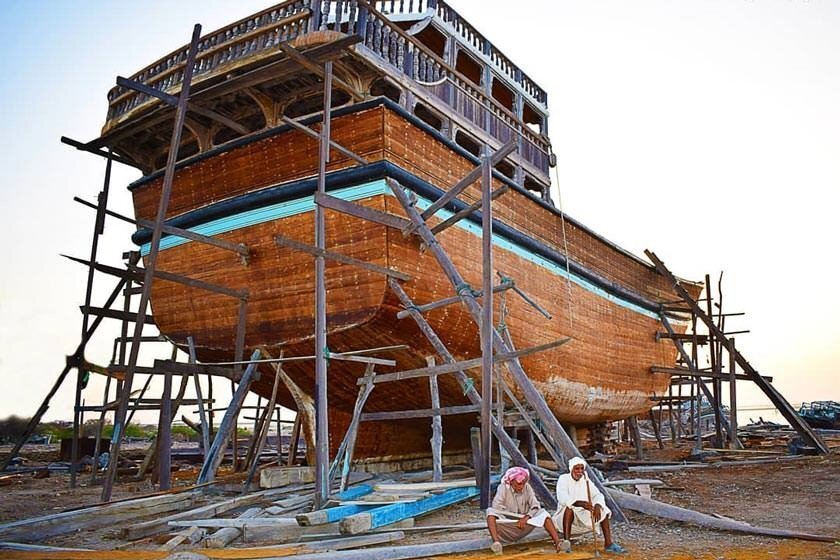Building Lenj boats recognized as handicrafts field

TEHRAN – The traditional skills of building Lenj boats has been recognized as an independent handicrafts field, a local official said on Sunday.
As of now, all people engaged in crafting Lenj boats benefit from all services and facilities provided for other craftspeople, Leila Rahimi said.
Iranian Lenj vessels are traditionally hand-built and are used by inhabitants of the northern coast of the Persian Gulf for sea journeys, trading, fishing, and pearl diving. The traditional knowledge surrounding Lenjs includes oral literature, performing arts, and festivals, in addition to the sailing and navigation techniques and terminology, weather forecasting that is closely associated with sailing, and the skills of wooden boat-building itself. The navigational knowledge used to sail Lenjes was traditionally passed on from father to son.
Experts believe that specific music and rhythms also constituted inseparable parts of sailing in the Persian Gulf, with sailors singing particular songs while working. Nowadays, the community of practitioners is small and mainly comprises older people. Wooden Lenjes are being replaced by cheaper fiberglass substitutes, and wooden Lenj construction workshops are being transformed into repair shops for older Lenjes. The philosophy, ritualistic background, culture, and traditional knowledge of sailing in the Persian Gulf are gradually fading, although some of the associated ceremonies continue to be practiced in a few places.
Lenjes were initially used for long routes, for instance to China and Africa, but now, locals usually embark on shorter journeys in the Persian Gulf. Nowadays, many goods such as electronics and home appliances, textiles and foodstuff are transported between Iranian ports, Dubai and Oman.
It is said that a Lenj takes some two years to build, depending on its size that reveals portions of its hardship, care and detail of the craftsmanship. Moreover, different kinds of wood are needed for the various components that are mainly imported from India and Africa as there are no forests in southern Iran.
ABU/AFM
